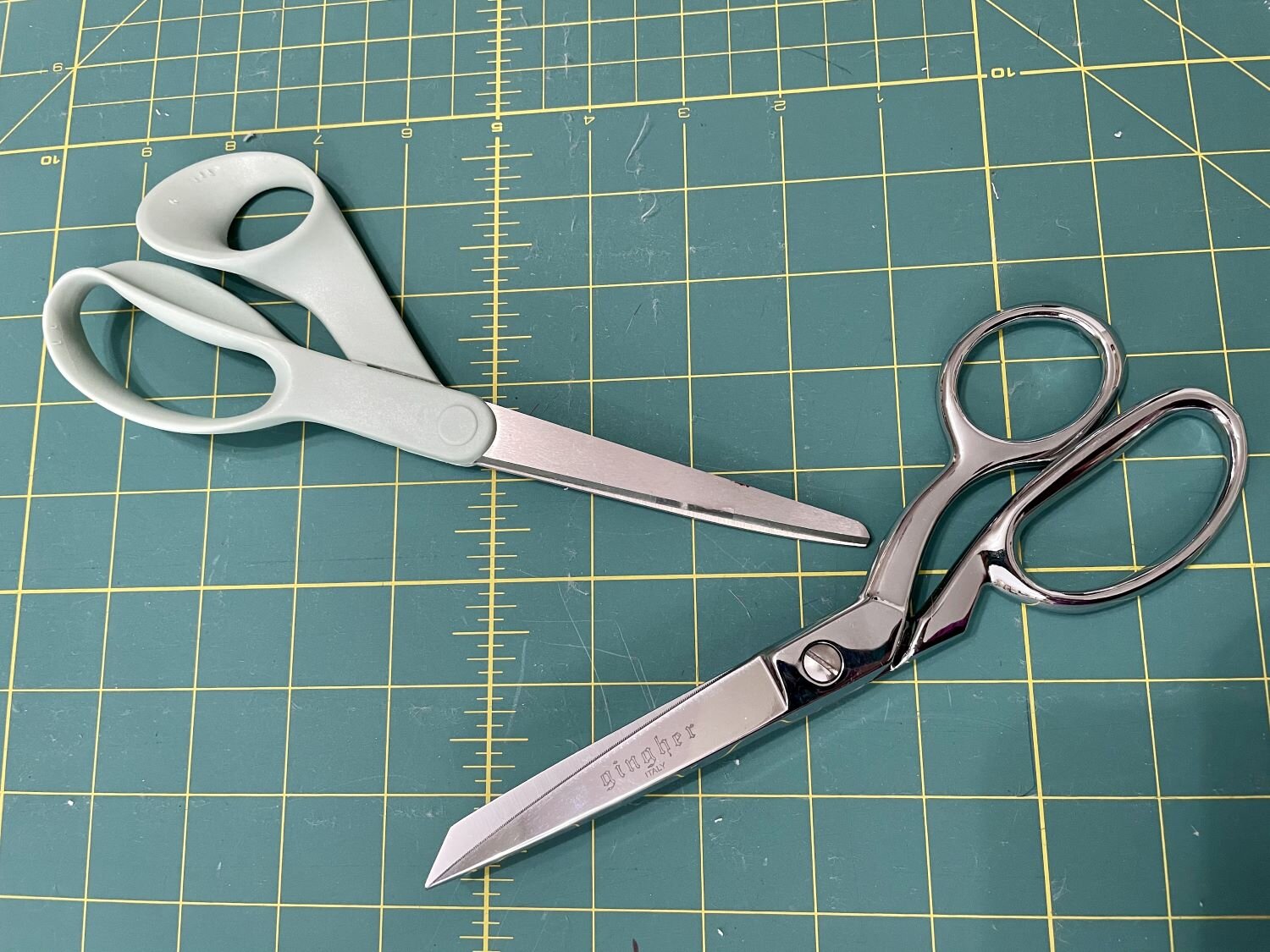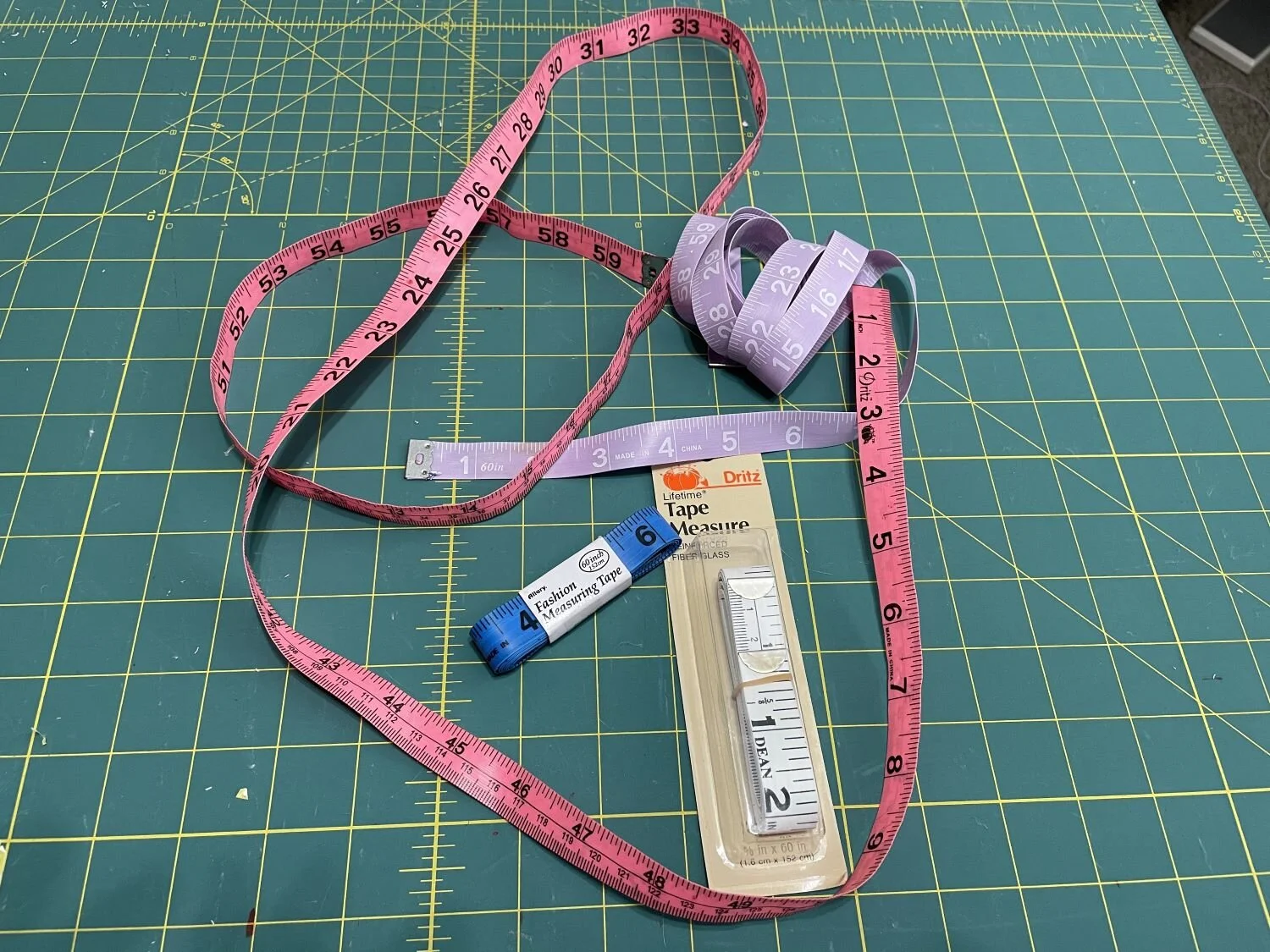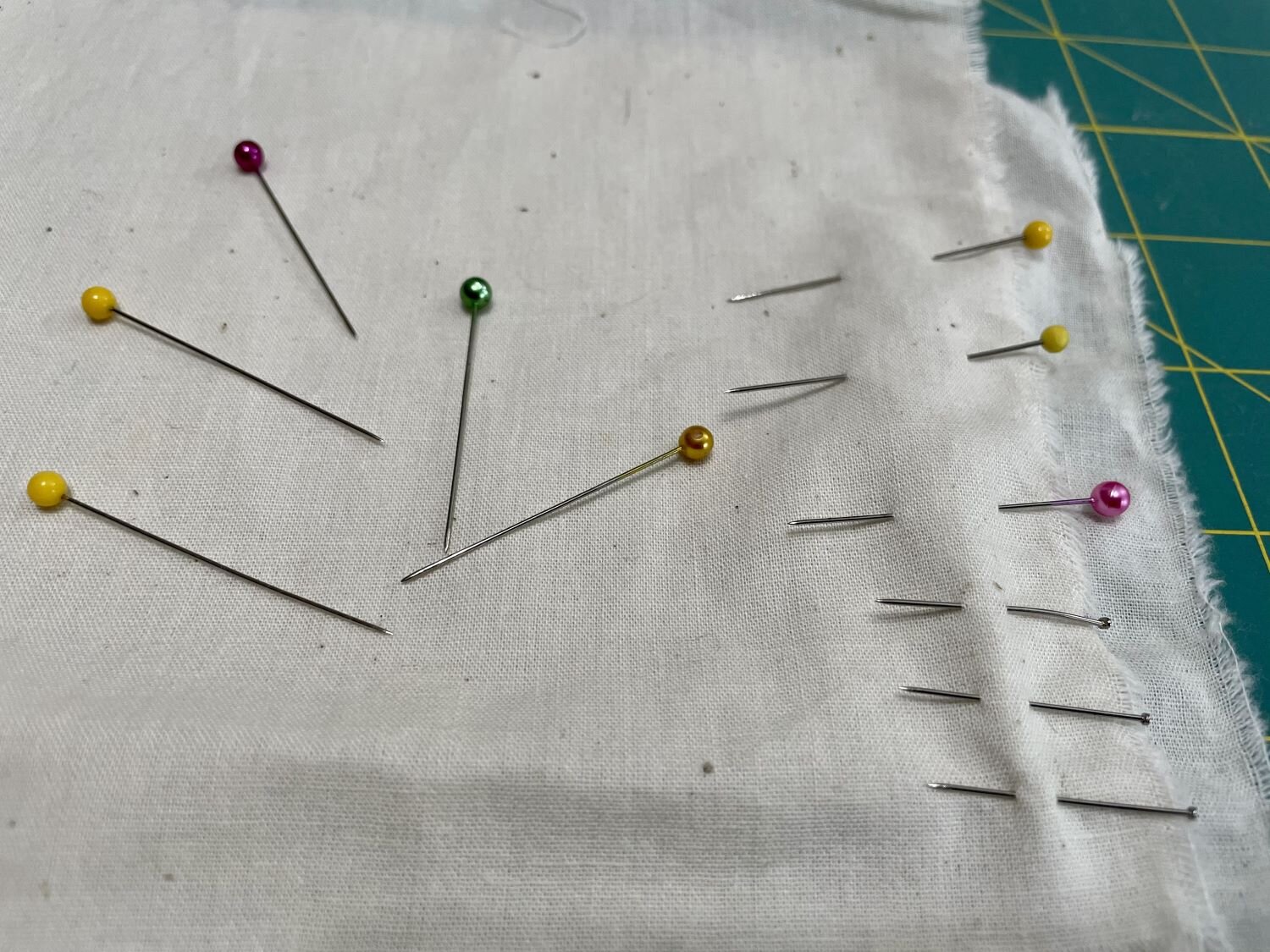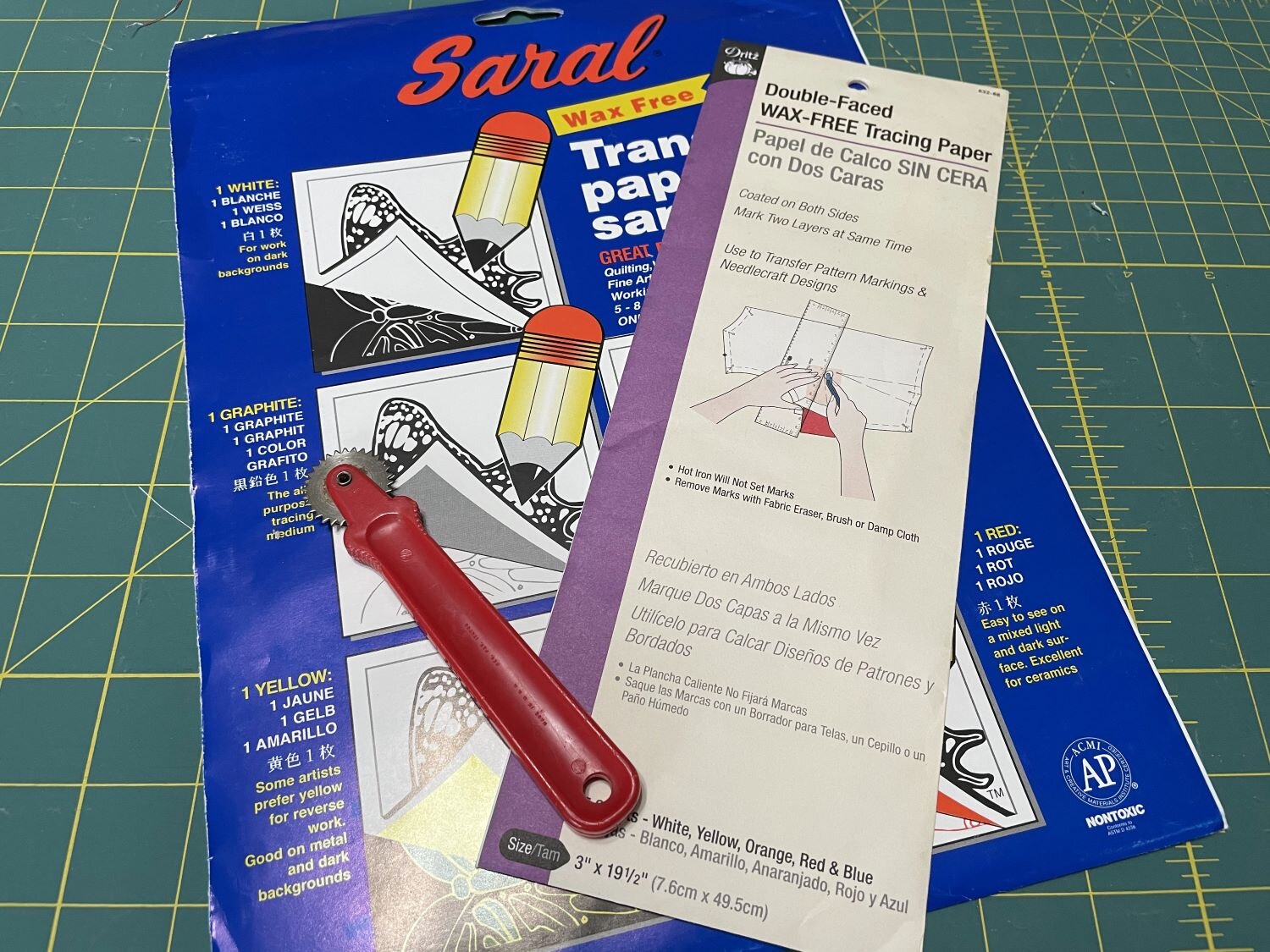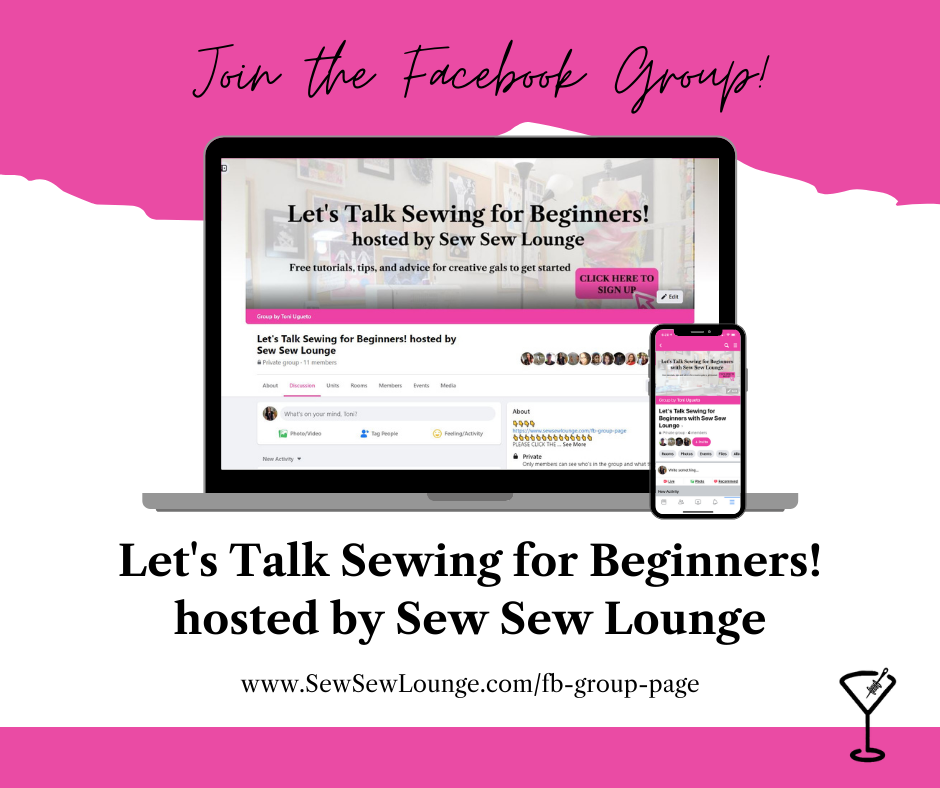The 7 Absolute Must Have Sewing Tools for Beginners Starting to Sew
This post contains affiliate links. As an Amazon Associate I earn from qualified purchases.
Are you just learning to sew and wondering which tools are essential to get started? Do you have limited funds and don’t want to waste money on things you won’t use immediately? No worries my friend, I’m here to strip it down to the 7 tools you need to get started sewing, with minimal impact to your wallet.
It goes without saying that you need a sewing machine to start sewing. If you don’t know what to look for, click the link to read 5 Tips for Buying Your First Sewing Machine and sign-up to get the Sewing Machine Buying checklist. If you aren’t ready to buy a machine just yet, ask family and friends if they have one you can borrow. You’d be surprised at how many people have sewing machines tucked away in closets gathering dust. Quick Tip— if your machine is from the 90s or earlier, it’s a good idea to have it serviced and cleaned before you use it.
Scissors
Good scissors are an absolute must to get started. You need two pairs— one for fabric, the other for paper. The good news is that you probably already have paper scissors lying around. When it comes to fabric scissors, the best option is 8 inch dressmaker shears. There are numerous brands to choose from; more expensive scissors will last longer. Fiskars and Gingher both make high quality scissors that stay sharp for years. Buy them on sale for the best price.
2. A soft tape measure
A soft tape measure is another must have item. You’ll use it for measuring your body, seam allowances, hem lengths, and so much more. 60 inches is long enough for regular use.
I found this out the hard way when I bought a 120 inch (10 feet!) tape measure thinking longer was better. It was impossible to use for body measurements and dragged around the room behind me. I tossed it in my sewing box and got a short one.
Don’t waste money, buy the right size. A plastic soft tape measure is seriously cheap and you can find them in the bargain bins at Joann’s for 99¢.
3. Needles
Needles are good to have for hand sewing and alterations. Buy a variety pack with different lengths and thickness. Then you’ll always have the right size for any fabric and project.
4. Straight pins
The type of straight pins you choose comes down to personal preference. In college we had to use dressmaker pins, which are the traditional pins you’re familiar with (shown in photo at bottom right).
They work, but they are harder to hold on to and get dropped a lot. Trust me, getting stabbed in the foot by a rogue sewing pin is no fun.
The standard length of a dressmaker pin is 1 inch and the shaft is thin. Sometimes they are hard to see on dark fabric and can get sewn over, which causes machine jams. Definitely not my favorites, but I will use them for draping or in a pinch. Ball head pins have colored balls on top making them easier to see and hold on to. They come in a variety of lengths, colors, and thickness. I recommend longer pins of 1 ½ inches which will do a good job of holding fabric together while you sew.
5. A pin cushion
A pin cushion comes in handy for pin storage. I have a magnetic cushion, which I keep next to my machine while sewing. It’s also useful to drag across the carpet to pick up strays.
I use the tomato style cushion for needles so they don’t get lost in a pile of pins. Again, it comes down to personal preference and any type of pin cushion will work.
6. Transfer paper
Transfer paper is a total necessity once you start using patterns. This double face paper slides between the paper pattern and fabric to accurately transfer all of the markings from the pattern to your fabric.
DON’T BUY the “disappearing ink” variety. The last thing you want is to spend time transferring your marks only to have them vanish by the time you get around to sewing up that dart or making a buttonhole.
You can buy a transfer marking wheel (shown in photo), but I find that a dull pencil works just as well.
7. A seam ripper
And last but not least, you must have a seam ripper. With the varieties and sizes available, your choice comes to personal preference. When just starting to sew, ripping is a regular occurrence. An ergonomic seam ripper will keep your hand from cramping. Try out some different sizes and see which fits you best. Buy one with a fine/thin ripping tip and you’ll be able to rip out any sized seam.
That wraps up the 7 Must Have tools for sewing. This super minimal list will get you started sewing without breaking the bank.
Want more sewing tips and tricks from Sew Sew Lounge? Click here to join the interactive Facebook group, Let’s Talk Sewing for Beginners! hosted by Sew Sew Lounge. Weekly live events and plenty of helpful info to get you up and sewing in no time.
See you on the inside!
